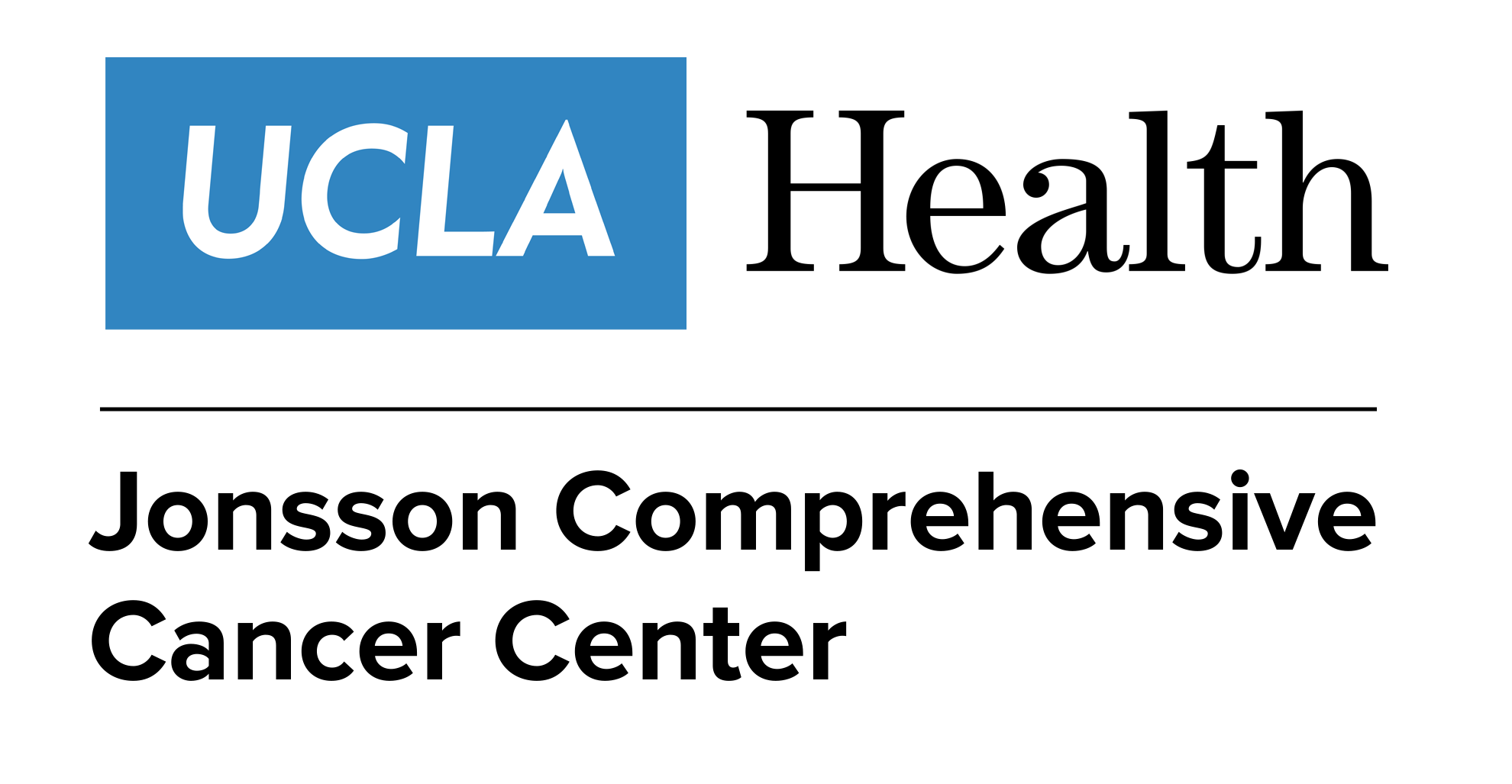- Advertise
- About OncLive
- Editorial Board
- MJH Life Sciences brands
- Contact Us
- Privacy
- Terms & Conditions
- Do Not Sell My Information
2 Clarke Drive
Suite 100
Cranbury, NJ 08512
© 2025 MJH Life Sciences™ and OncLive - Clinical Oncology News, Cancer Expert Insights. All rights reserved.
Avutometinib/Defactinib Combo Could Fill Sizeable Unmet Need in LGSOC
Ritu Salani, MD, MBA, details the significance of trials examining avutometinib plus defactinib and enthusiasm for ADCs in ovarian cancer.
Data surrounding the combination of avutometinib (VS-6766) and defactinib (VS-6063) in low-grade serous ovarian cancer (LGSOC) have generated excitement following the acceptance and priority review designation granted to the combination’s new drug application (NDA) by the FDA.1 Ritu Salani, MD, MBA, also noted that studying the regimen may open the door to other targets in this population of patients.
The priority review designation from the regulatory agency for those who received at least 1 prior systemic therapy and harbor a KRAS mutation marks an especially notable advancement as there are no FDA-approved treatments specifically for the rare and distinct subtype of ovarian cancer. The target action date for the NDA under the Prescription Drug User Fee Act is June 30, 2025.
“The landscape for gynecologic malignancies has been exploding, and it’s been very exciting [with] the advent of antibody-drug conjugates [ADCs] and [their] incorporation into standard therapies. What’s on the horizon is also [intriguing]. Interestingly, we’re seeing that we have targets for some rare tumors and LGSOC has been a hot topic,” Salani said in an interview with OncLive®. “We have [the phase 3 RAMP 301 study (NCT06072781)] that’s ongoing using avutometinib and defactinib and this is based on some provocative phase 2 data [from the RAMP 201 trial (NCT04625270)]. This is a disease that’s been under explored in the past and having a phase 3 trial with great results [would be] exciting.”
In RAMP 201, when the oral RAF/MEK clamp was given with the oral FAK inhibitor defactinib, evaluable patients with measurable disease treated (n = 109) achieved a confirmed overall response rate (ORR) of 31% (95% CI, 23%-41%); the median duration of response was 31.1 months (95% CI, 14.8-31.1).2 The confirmed ORR was 44% (95% CI, 31%-58%) among those with KRAS-mutated LGSOC (n = 57) and 17% (95% CI, 8%-30%) among those with KRAS wild-type disease (n = 52).
In this interview, Salani highlighted the significance of trials examining avutometinib plus defactinib and excitement ADCs have generated in ovarian cancer. Salani is a gynecologic oncologist and the director of the Division of Gynecologic Oncology at UCLA Health in Los Angeles, California.
OncLive: How could avutometinib plus defactinib fill an unmet need in recurrent LGSOC if results on the combination continue to be positive?
Salani: It would fill a huge needs gap. Currently, we base LGSOC [treatment] predominantly on data from high-grade serous cancers. This is why carboplatin/paclitaxel is a first-line therapy. There have been a couple of challenges to that paradigm including the use of hormone therapy [which] is currently used as a maintenance strategy right now but may end up being used as first-line therapy. Avutometinib and defactinib is being studied as a strategy for treatment in the recurrent [setting], but if it’s very impactful, that may move up in the sequencing schema for patients with LGSOC. This also will open the door for other targets for patients with LGSOC.
What questions do you hope the RAMP 301 study answers?
I’m an institutional PI here at UCLA for the study which is [asking] whether this is an effective option and whether it’s better than standard chemotherapy options for our patients with LGSOC. The other thing this trial is looking at is the mutation profile. Right now, patients with KRAS mutations and patients with KRAS wild-type disease are allowed on the trial. Understanding [whether there] is a role, whether this regimen may be used sooner, or whether it has a certain benefit in specific patient populations [is important and] that may help inform sequencing [decisions] as well. I believe there will be some questions that can [be answered by the trial], not from the primary end point, but perhaps in ancillary reports.
What other promising drugs/trials are under evaluation in ovarian cancer?
The world of ADCs is most compelling in ovarian cancer. We’ve talked about HER2 across gynecologic malignancies, and ovarian cancer continues to be an interesting area of exploration. There are other targets and mirvetuximab soravtansine-gynx [Elahere], which targets folate receptor α [FRα], has been used in ovarian cancer. But there are next-generation FRα-[targeted] treatments that are now emerging. This is a very exciting space. We also have other areas [that are being researched] including Claudin-6 and other targets that I believe are provocative. I’m very excited about where the space will continue. It may be a little early for 2025 to discuss these as treatment options for patients, but I don’t think 2026 is unreasonable.
References
- Verastem Oncology announces FDA acceptance and priority review of new drug application for avutometinib in combination with defactinib for the treatment of recurrent KRAS mutant low-grade serous ovarian cancer. News release. Verastem Oncology. December 30, 2024. Accessed February 12, 2025. https://investor.verastem.com/news-releases/news-release-details/verastem-oncology-announces-fda-acceptance-and-priority-review
- Verastem Oncology presents positive updated RAMP 201 data for avutometinib and defactinib combination in recurrent low-grade serous ovarian cancer at the International Gynecologic Cancer Society (IGCS) 2024 Annual Meeting. News release. Verastem Oncology. October 17, 2024. Accessed February 12, 2025. https://investor.verastem.com/news-releases/news-release-details/verastem-oncology-presents-positive-updated-ramp-201-data


